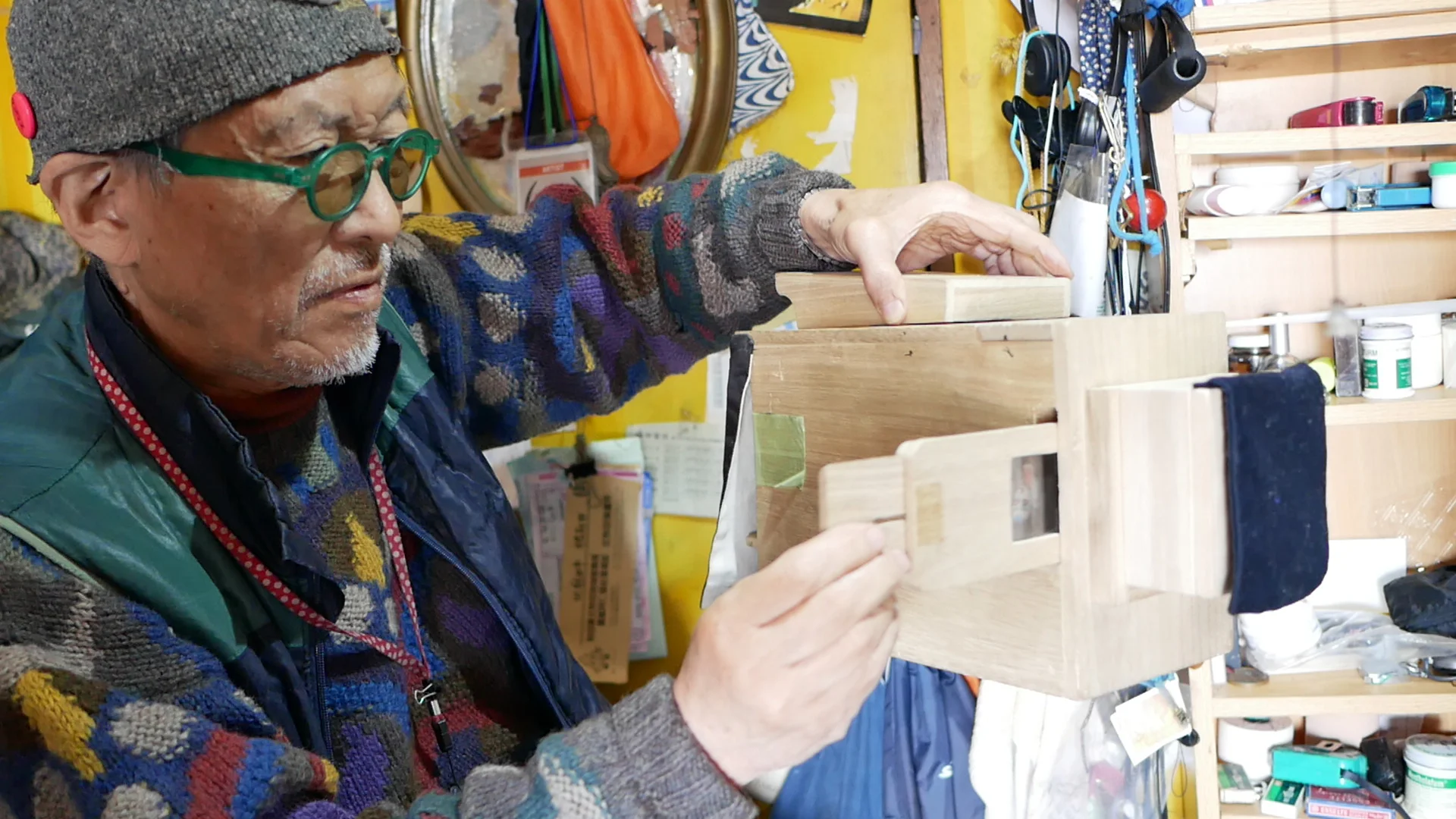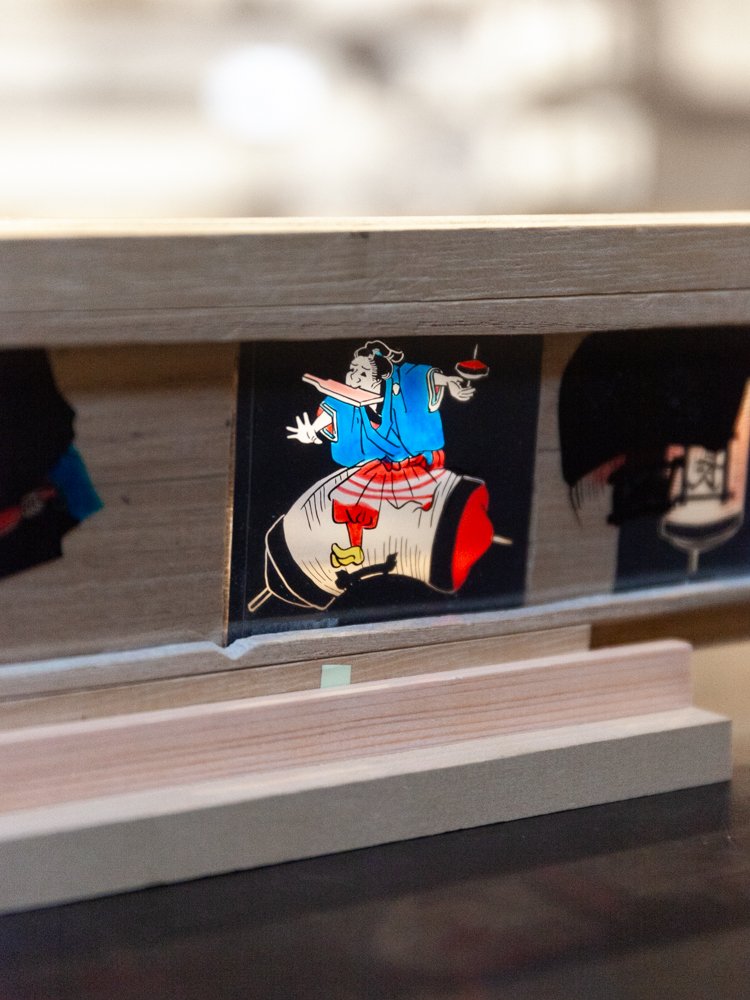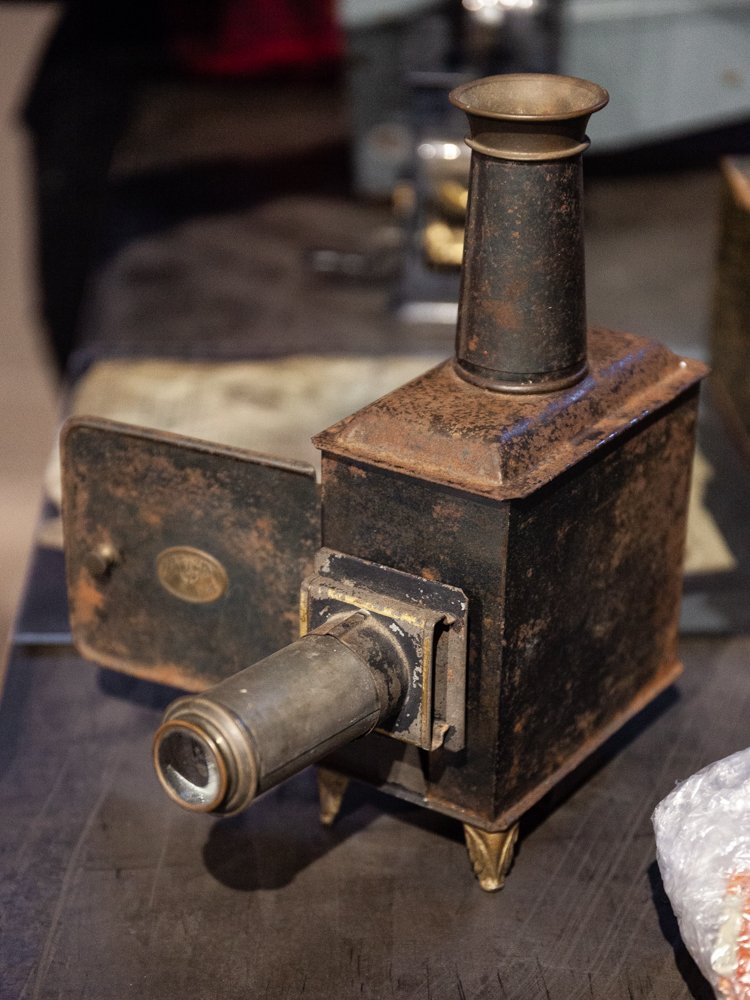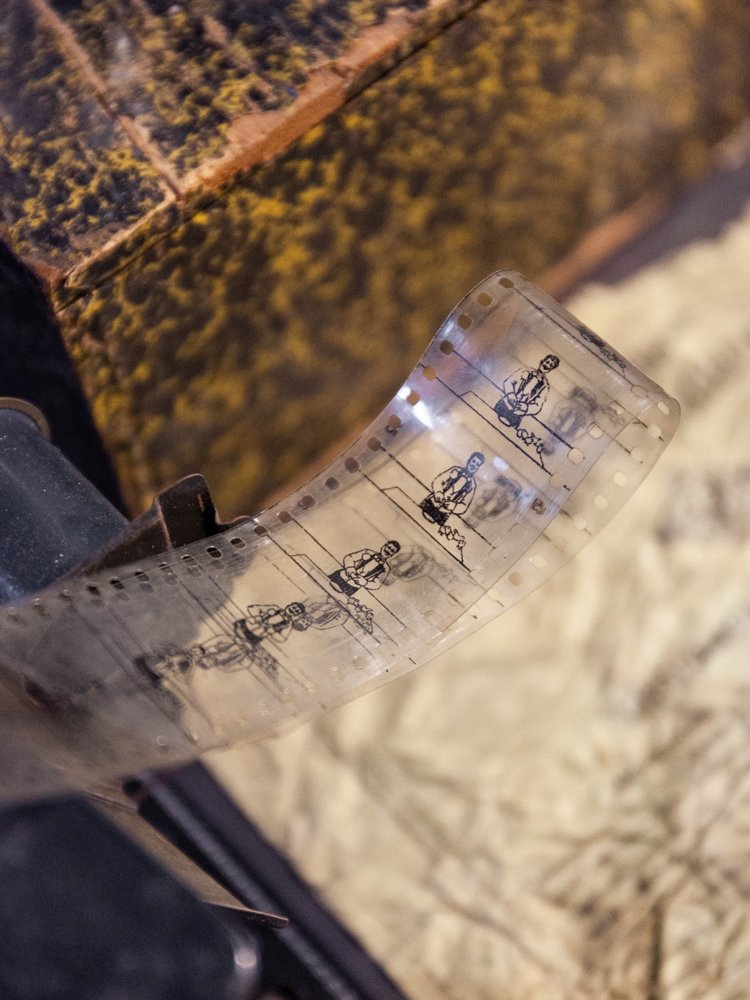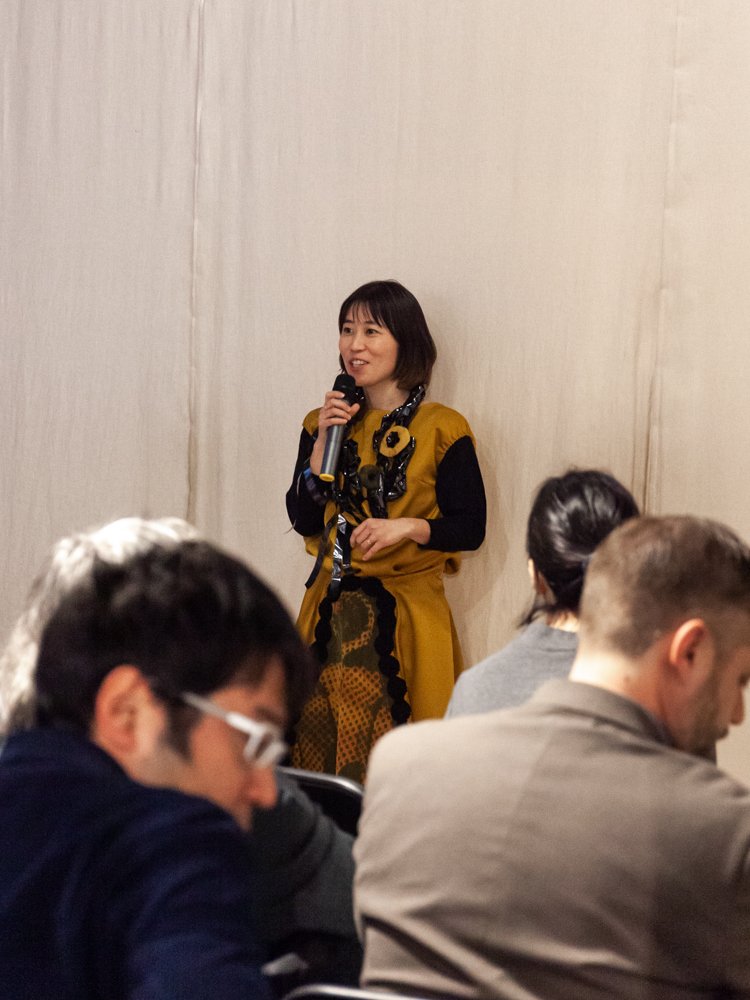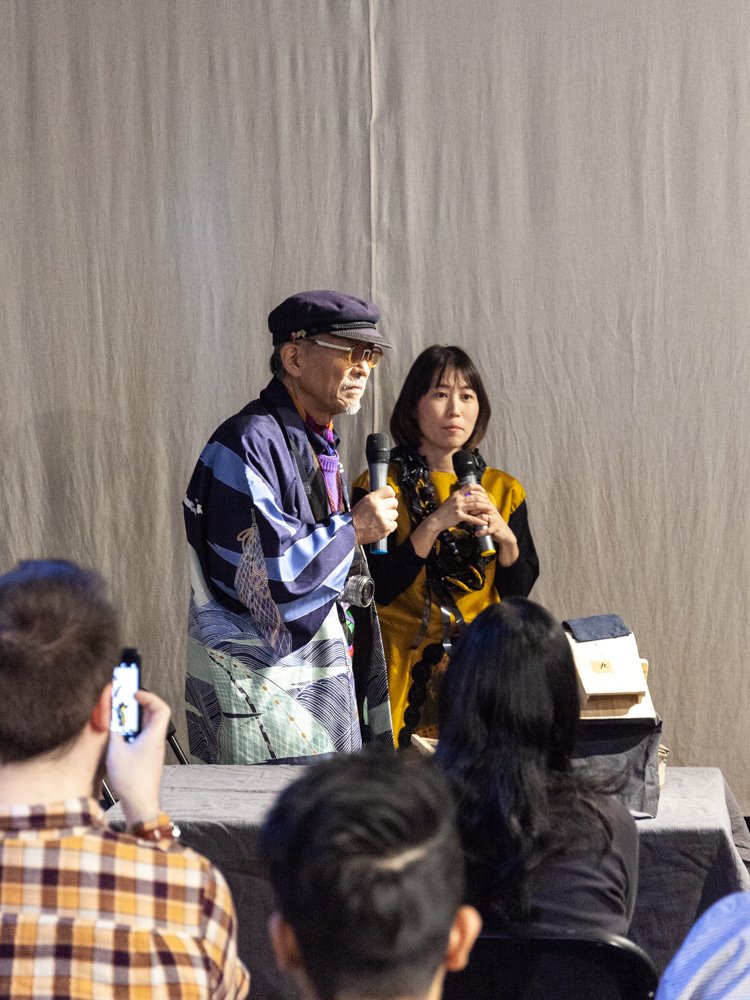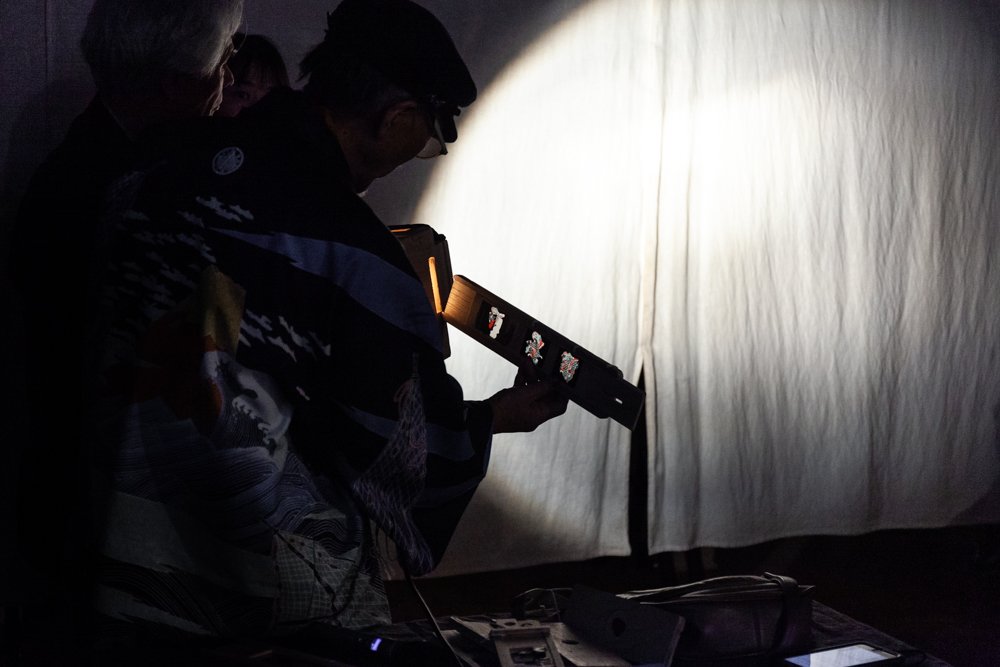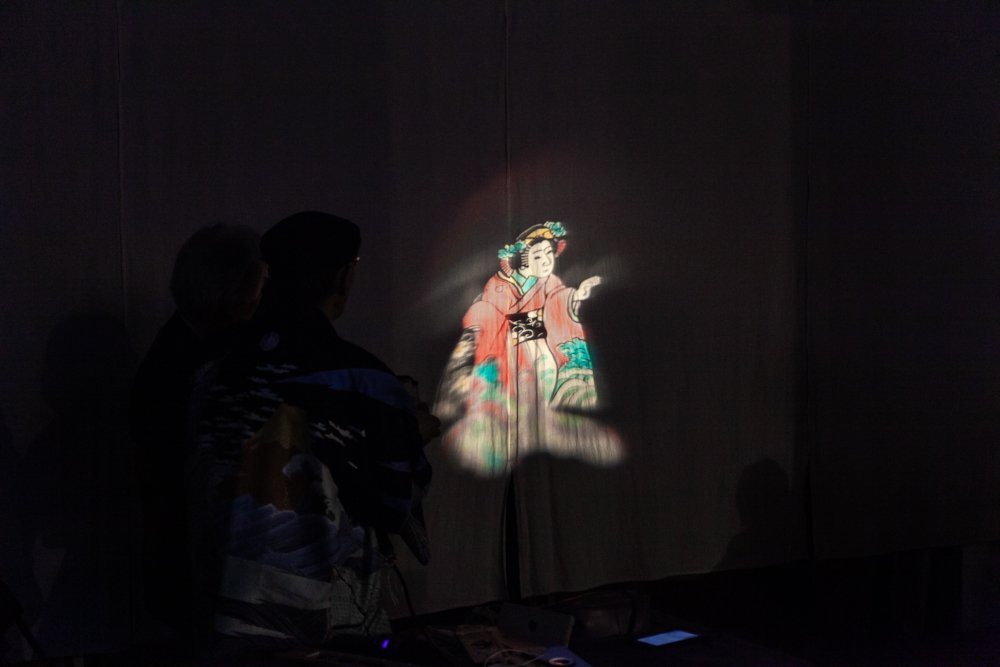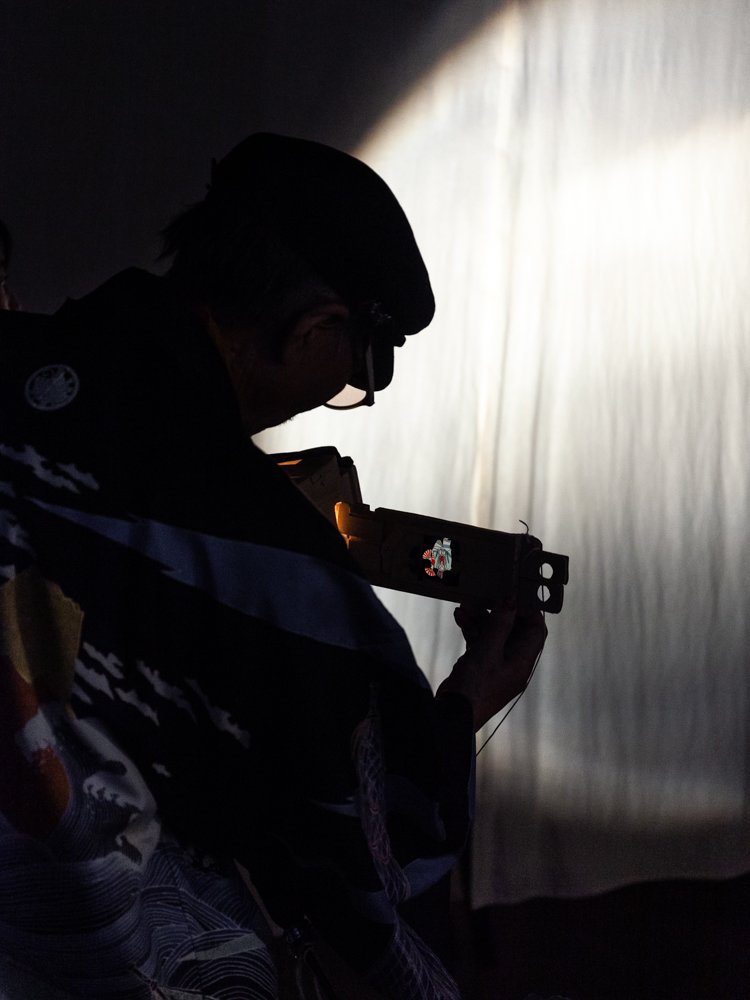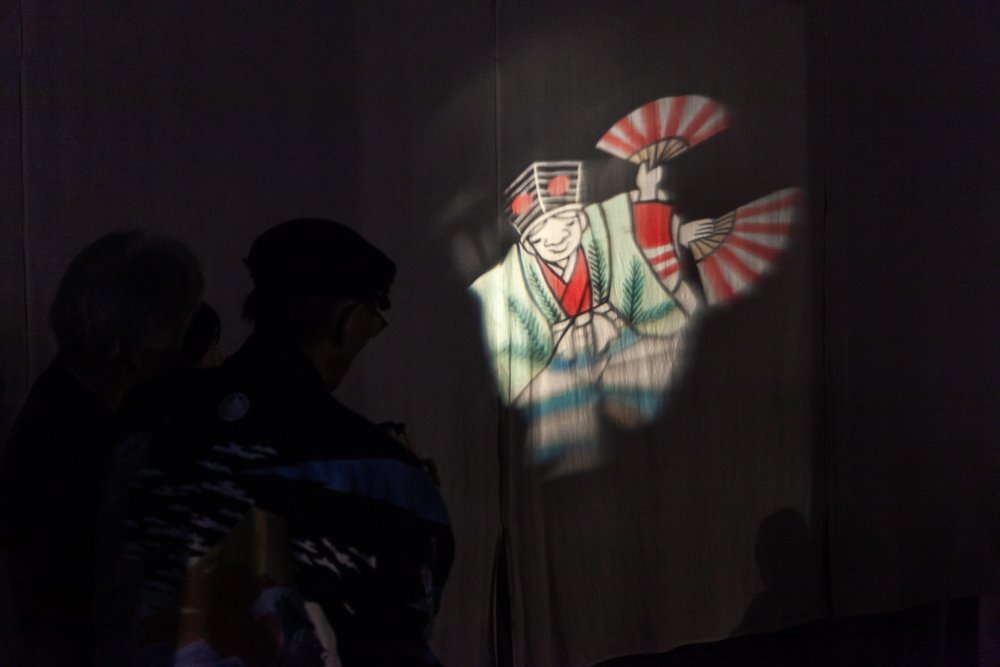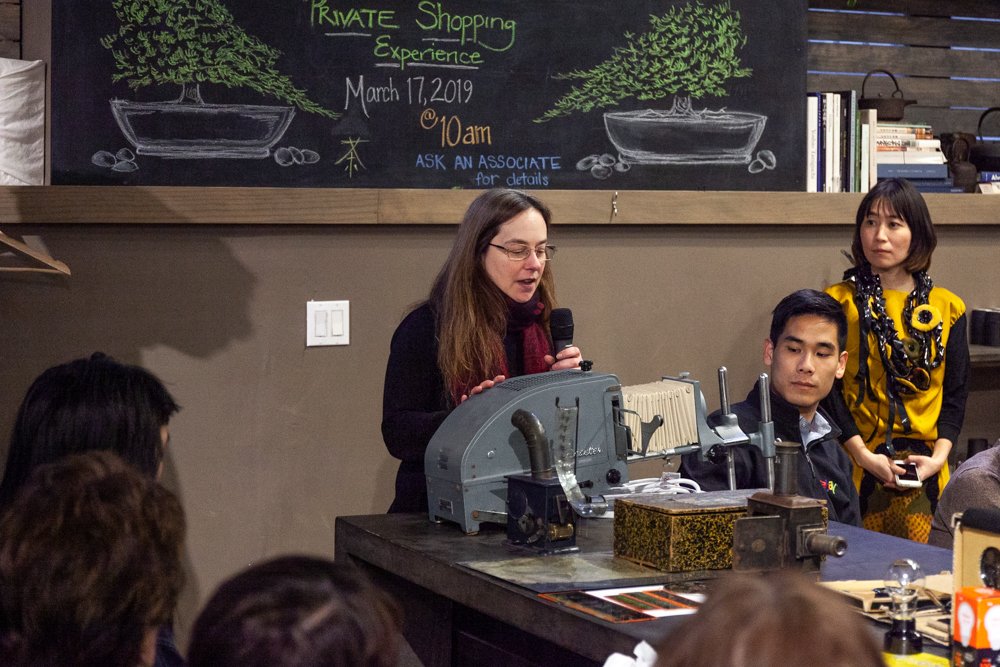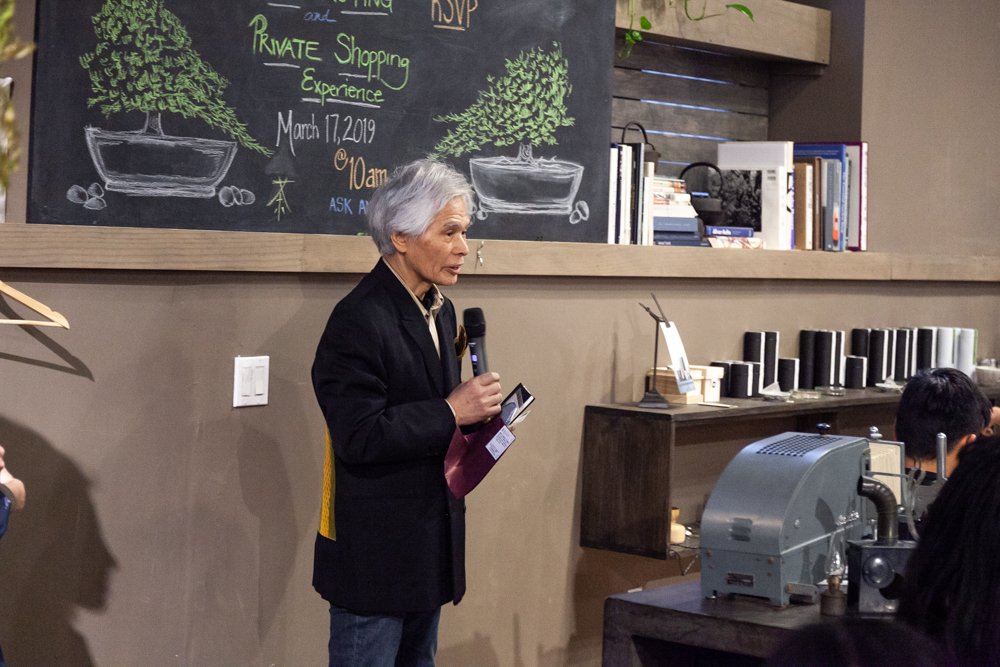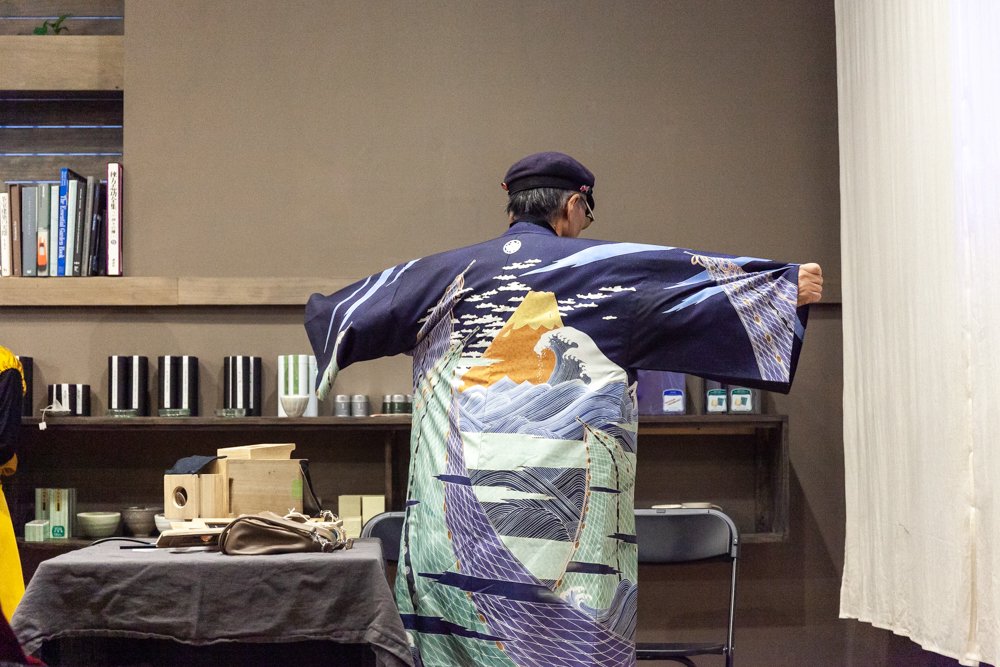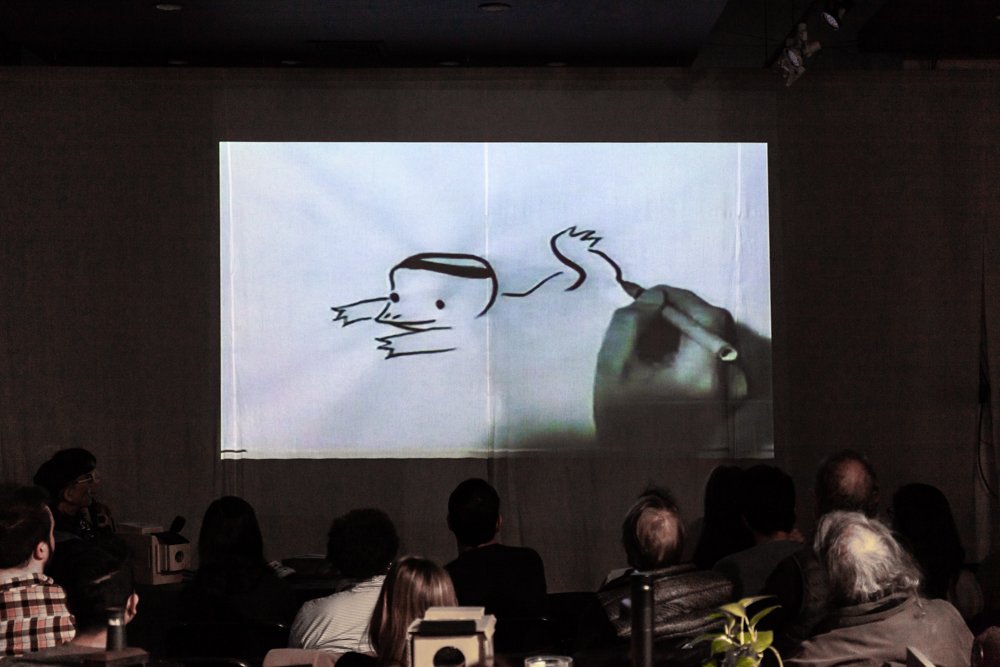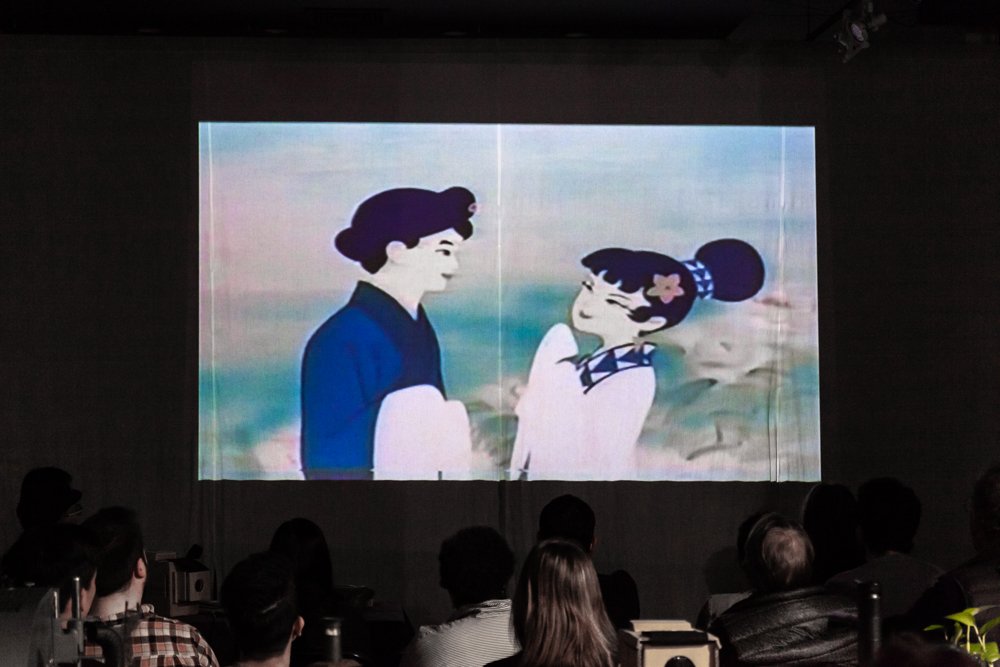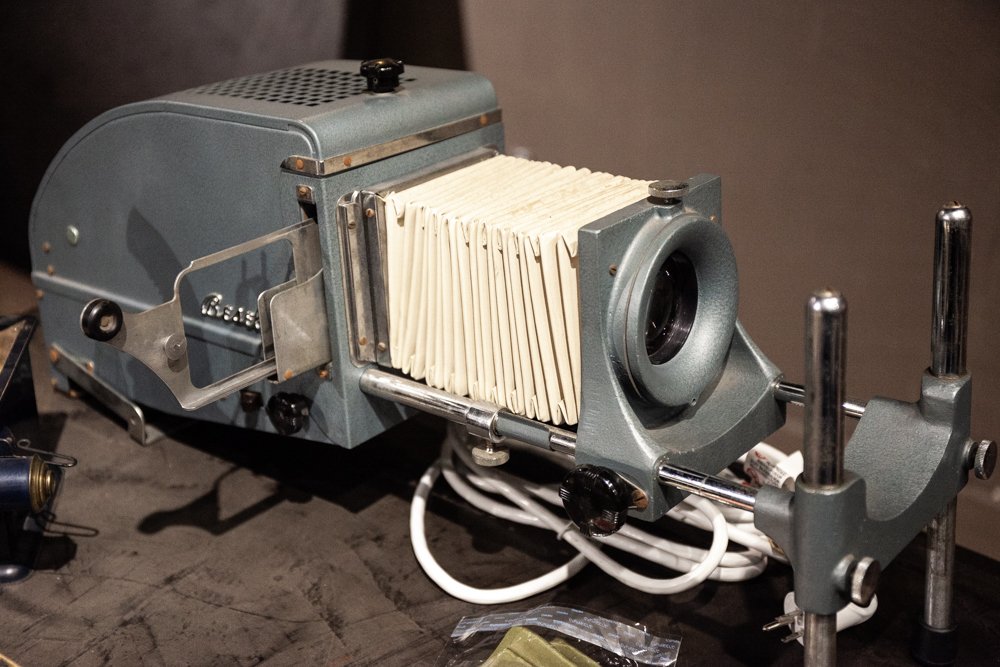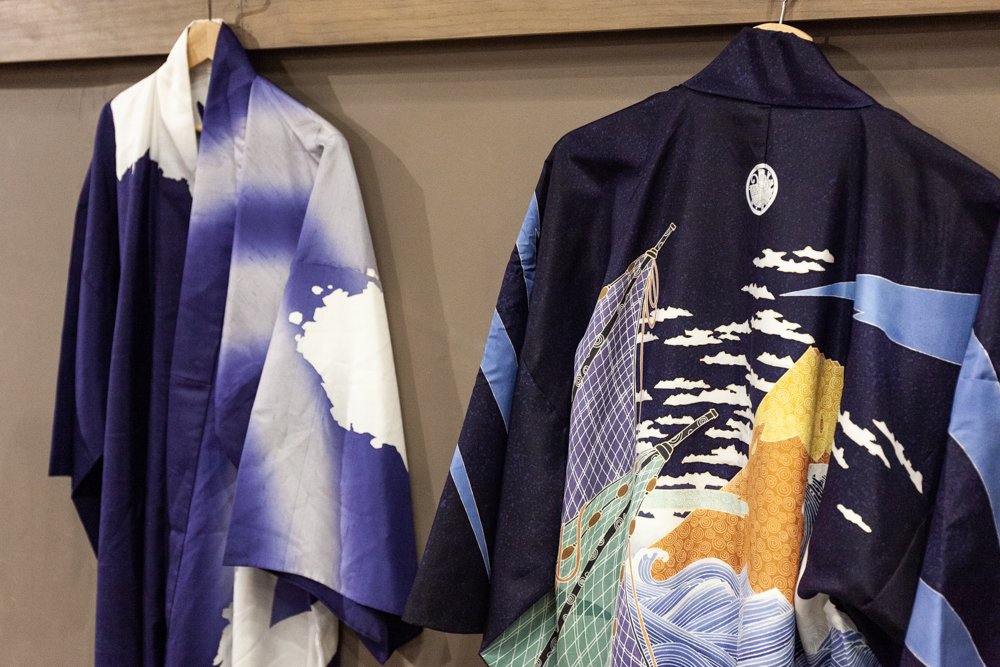Monday March 11th, 2019 6:00–8:00pm
We are pleased to once again partner with Rikumo to present a very special lecture event by Japanese video artist Ko Nakajima, who will share the history of Japanese animation that will span the timeframe and subjects of Edo-period magic lanterns (1800s) through pre-WWII and postwar development of Japanese animation.
Ko Nakajima, whose work CCJ has researched and preserved in the recent years, is also a member of the Japan chapter of Association Internationale du Film d’Animation (ASIFA-Japan) and will give this special presentation. This program is appropriate for children and adults. Nakajima will also present his early video art work from the 1970s in a related program on Tuesday March 12th, at PhillyCAM.
The event is free and open to all. You can reserve a seat here.
Ko Nakajima
Nakajima Ko began his career in experimental animation with the creation of works such as Seizoki (1964). At his solo exhibition at the Sogetsu Art Center, a space for avant-garde art in 1960s Tokyo, he produced Seizoki by painting directly on the film between screenings. His perennial interest in integrating new technologies, exploring the potential of film, video, and eventually computer animation, joined his desire to explore human intersections with nature, as seen in his Biological Cycle series (1971-); he created the first work in the series, Biological Life (1971-), by copying manipulated film footage onto video, then further manipulating the work with a video synthesizer. In 1971, Nakajima established Video Earth Tokyo, the pioneering video-art collective. Nakajima used one of the earliest available portable video recorders to document Video Earth Tokyo performance pieces and teach the new technology. Video Earth Tokyo members created works, broadcast works on cable television, and participated in international exhibitions and emergent CG (computer graphics) conferences.
Nakajima has produced works in France, Canada, New Zealand, and Denmark. Representative works include Biological Cycle series (1971-), My Life series (1976-), Mt. Fuji (1984), and Dolmen (1987). His works are in permanent collections internationally, including in Centre Georges Pompidou (France), The Museum of Modern Art (U.S.), Long Beach Museum of Art Video Archive (U.S.), and the Getty Research Institute Special Collections (U.S.).
This program has been supported by the generous funding by the Pennsylvania Council on the Arts, Preserving Diverse Culture Grant.
